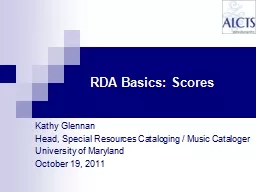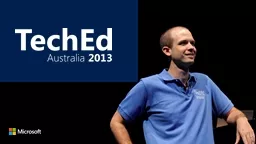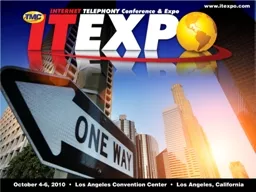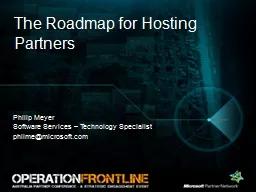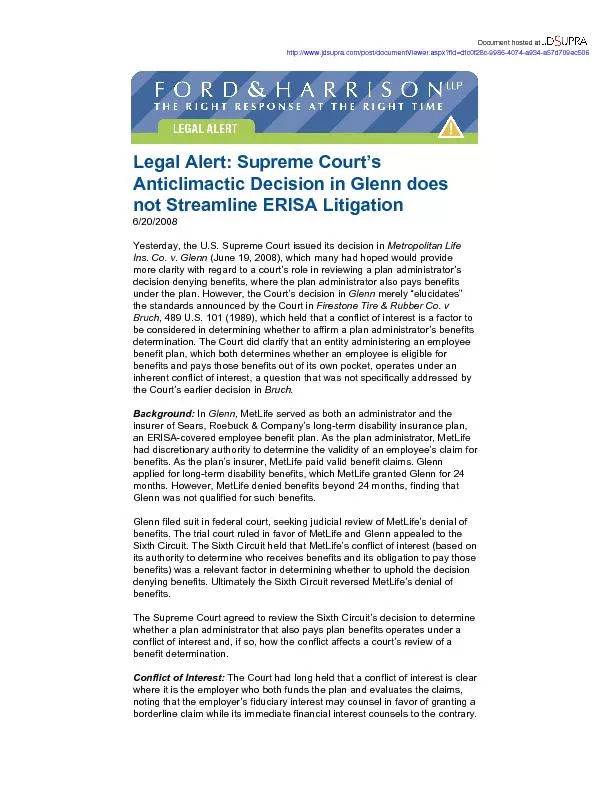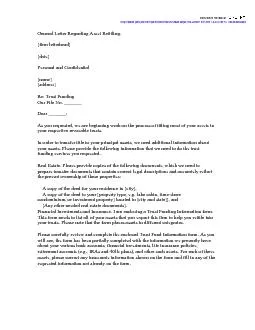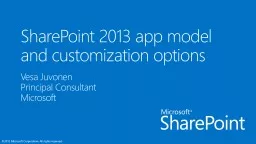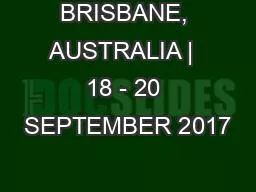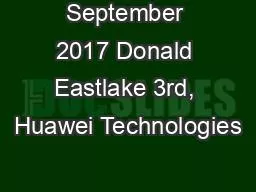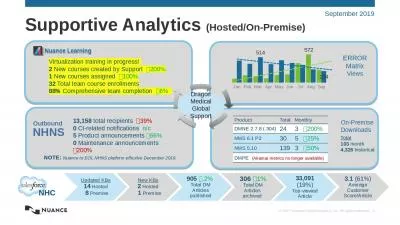PPT-HOSTED BY 26-27 September 2017
Author : lois-ondreau | Published Date : 2018-09-29
Document No GSC21029 R2 Source Telecom Standards Development Society of India Contact Aurindam Bhattacharya Agenda Item 409 Indias SMART Cities Initiative and
Presentation Embed Code
Download Presentation
Download Presentation The PPT/PDF document "HOSTED BY 26-27 September 2017" is the property of its rightful owner. Permission is granted to download and print the materials on this website for personal, non-commercial use only, and to display it on your personal computer provided you do not modify the materials and that you retain all copyright notices contained in the materials. By downloading content from our website, you accept the terms of this agreement.
HOSTED BY 26-27 September 2017: Transcript
Download Rules Of Document
"HOSTED BY 26-27 September 2017"The content belongs to its owner. You may download and print it for personal use, without modification, and keep all copyright notices. By downloading, you agree to these terms.
Related Documents


